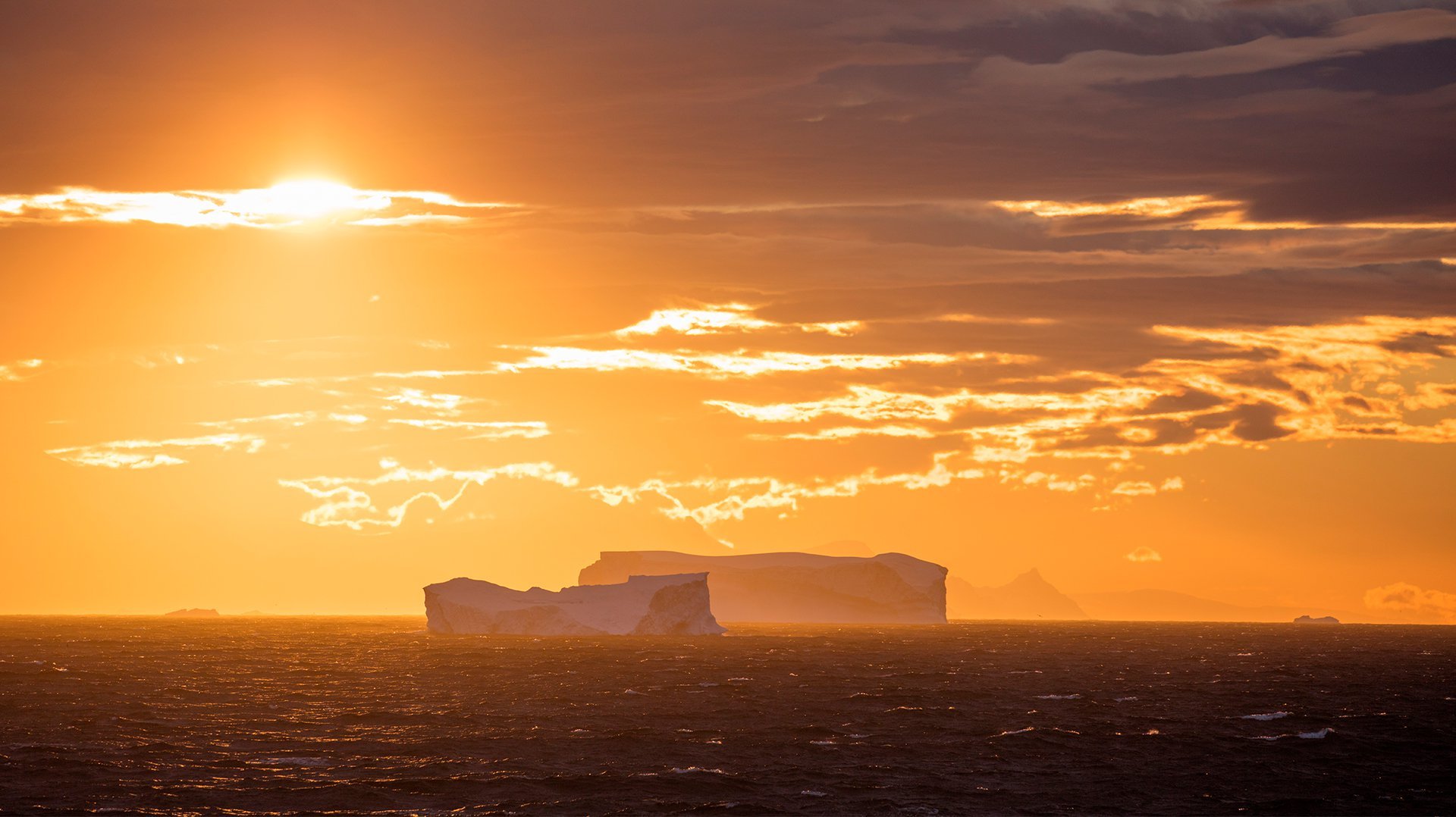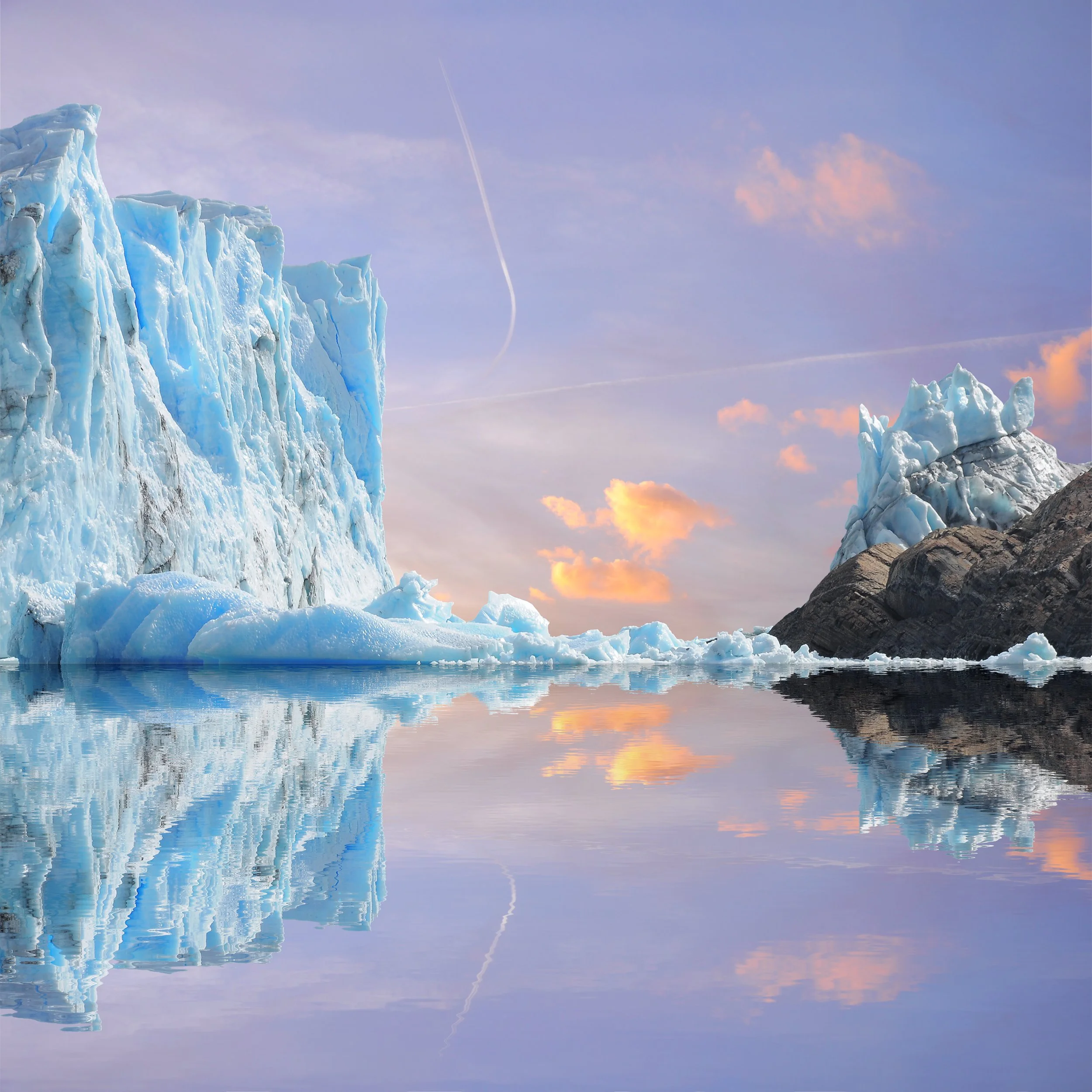
"Welcome to my creative world, where imagination knows no bounds and every idea is a new adventure."
Capturing a Mega Panorama at Vestrahorn
Vestrahorn, Iceland—one of the most photogenic mountains in the world—becomes even more magical when the Northern Lights dance above its jagged peaks. But capturing this moment in a way that does justice to its grandeur requires careful planning, precision, and technical expertise. In this blog, I’ll walk you through the process of executing a 9-frame mega panorama to produce a 3-meter-wide print that truly immerses the viewer in this breathtaking spectacle.
Mastering Visualisation in Landscape Photography
Mastering the art of visualisation in landscape photography, particularly for panoramic compositions, is about seeing the final image in your mind before even pressing the shutter. Timothy Poulton, an experienced panoramic photographer and mentor, emphasises the importance of pre-visualisation—developing a deep understanding of light, composition, and storytelling before taking a shot. This skill allows photographers to anticipate the conditions, frame their shots with intention, and create images that evoke emotion and atmosphere.
Photography: More Than Moments, It's Emotion
Photography isn’t merely the art of freezing time; it’s the alchemy of crafting emotion, storytelling, and inspiration. A powerful image can take us on a journey, evoke feelings we thought long forgotten, and ignite a spark of wanderlust that lingers. Photography inspires. A breathtaking image of Patagonia’s Torres del Paine might spark someone’s first hiking adventure.
OM 1 Mark II Camera Review: A Panoramic Photographer's Companion in Extreme Conditions
As a panoramic landscape photographer who has traveled extensively across the globe, I have had the opportunity to test various cameras in some of the most demanding environments. My recent experiences, particularly high in the mountains during winter, autumn, and spring, have solidified the OM 1 Mark II as my go-to camera. Equipped with just a single lens—the versatile 16-50mm f4—this camera has proven to be an indispensable tool in my kit.
Antarctic Adventures: My Unforgettable Journey on the Sea Spirit
There are few places in the world as captivating as Antarctica. My recent expedition aboard the m/v Sea Spirit, cruising from Ushuaia along the Drake Passage to the Antarctic Peninsula, was nothing short of magical. It was an experience that combined breathtaking scenery, incredible wildlife photography, and the camaraderie of friends and guests who joined me on this once-in-a-lifetime journey.
Capturing Winter's Magic: A Journey Up Reinebringen
Winter in the Arctic Circle is an experience like no other. The Reinebringen hike in Norway, located in the heart of the Lofoten Islands, offers one of the most breathtaking views imaginable. As a panoramic landscape photographer, I’m always on the hunt for locations that offer unique perspectives, and Reinebringen, with its dramatic winter landscapes and surreal lighting, was an adventure I couldn’t resist.
Mastering Long Exposure Landscape Photography: Essential Gear and Top Tips
Long exposure landscape photography can transform ordinary scenes into ethereal works of art. The process requires patience, careful planning, and the right equipment. With a bit of practice, you'll be able to capture stunning images that convey the passage of time in a single frame. Below, I’ll walk you through the essential gear you need and share my top six tips for getting the most out of your long exposure shots.
Capturing the Serenity of Lake Biwa's Tori Gate: A Photographer's Guide to Gear and Location Challenges
Photographing the tori gate at Lake Biwa is a rewarding yet adventurous endeavor for any panoramic landscape photographer. The gate, gracefully standing in the water, is an iconic symbol of Japan, and capturing its essence in an image can be truly magical. Whether you're aiming for a serene sunrise shot or a dramatic sunset scene, the tori gate offers a unique subject that contrasts beautifully with the ever-changing colors of the sky and the tranquil waters of Lake Biwa.
Photographing the Snow Monkeys in Nagano: A Journey of Reflection on Evolution and Mortality
Nestled in the serene mountains of Nagano, Japan, lies a unique spectacle that has captivated photographers and nature enthusiasts from around the world: the snow monkeys of Jigokudani Monkey Park. This past winter, I had the profound opportunity to photograph these fascinating creatures in their natural habitat, a venture that left me deeply reflective about the evolution of our species and the ephemeral nature of our existence.
Explore the Majestic Matterhorn and Dolomites: Limited Edition Photography Tour
After 15 years of capturing the breathtaking beauty of the Matterhorn in Zermatt and the Dolomites of Italy, I am thrilled to announce a limited edition photography tour from October 2nd to 13th, 2025. This exclusive tour is designed for an intimate group of just four photographers, ensuring a personalized and immersive experience in one of the most stunning landscapes on Earth.
Cluster F@##@K: The Modern Photographer’s Dilemma
During my recent trip to Tuscany, I set out to capture the famous windy road during a spring sunset. I was eager to immortalize this iconic scene, but I was utterly unprepared for the sheer volume of tourists, influencers, Instagrammers, and photographers that had descended upon this picturesque location. The accessibility of photography, thanks to advanced technology in phones, cameras, drones, and other gadgets, coupled with Instagram's influence, has turned spots like this into top destinations on many a selfie bucket list. But what I encountered felt less like a serene countryside visit and more like attending a bustling sporting event or music festival. The scene was so chaotic it needed traffic control, security guards, portaloos, and water for the thirsty. A coffee van would have been a sweet addition, too.
Embracing Simplicity in Landscape Photography: A Journey of Gear Acquisition and Minimalism
In the beginning, it's easy to get caught up in the allure of new cameras, lenses, filters, and accessories. We convince ourselves that the latest gadget or piece of equipment will unlock our potential and elevate our photography to new heights. But as time passes and experience accumulates, we begin to realize that the pursuit of gear can sometimes overshadow the essence of photography itself.
Chasing Light: The Obsession of a Traveling Photographer
Traveling the world, capturing its stunning landscapes, is a calling unlike any other. It's a pursuit that fuels the soul, yet it also exacts a toll on the body, family, and friendships. The relentless chase for the perfect shot becomes an obsession, pulling us to the ends of the earth—from Antarctica to Patagonia, Iceland to Japan, Greenland, and beyond.
Navigating the Evolution of Landscape Photography: From Solitude to Crowds
Reflecting back to 2007, when I first dipped my toes into landscape photography, the scene was drastically different from what it is today. At that time, I was transitioning from the adrenaline rush of racing sports cars, where the open road was my canvas. When I ventured into landscape photography, I found a similar sense of freedom, but with a different kind of thrill.
Capturing the Mesquite Sand Dunes at Sunrise: A Photographer's Journey
Early spring in Death Valley holds a special kind of magic. The air is crisp, the sun rises with a gentle warmth, and the sand dunes of Mesquite seem to come alive with the play of light and shadow. Armed with my trusty Sony A7 R 5, I embarked on a photographic adventure to capture the essence of this breathtaking landscape.
Mastering the Golden Hour: A Guide to Determining Ideal Sunset and Sunrise Conditions for Landscape Photography
Capturing the perfect sunrise or sunset in your landscape photography can elevate your images to breathtaking levels. The soft, warm hues of the golden hour add a magical touch to your compositions. While nature has its own rhythm, photographers often rely on a combination of technology and observational skills to determine the optimal conditions for these spectacular moments. In this post, we'll explore how you can master the art of predicting sunset and sunrise conditions using both apps and keen visual observations.
Unleash Your Creativity: Join Timothy Poulton and Wendy Klein's Exclusive Photoshop Courses in the Hinterlands of NSW, Australia - September 2024
Are you ready to elevate your landscape photography to new heights? Look no further! Join us, Timothy Poulton and Wendy Klein, for an immersive Photoshop course set against the breathtaking backdrop of the Hinterlands of New South Wales, Australia. This unique experience promises not only to enhance your technical skills but also to ignite your passion for capturing the beauty of the world around you.
Finding the Perfect Support: The Evolution of My Landscape Photography Tripods
In the realm of landscape photography, the quest for the ideal tripod is a journey that evolves over time. From the early days of lugging around massive and sturdy tripods for stability to the current preference for compact and lightweight options, the search for the perfect tripod is an integral part of a photographer's progression. In this blog, I'll share my own journey, exploring various brands and models, and ultimately landing on the carbon fibre Peak Design Travel Tripod as my preferred choice.
Frozen Elegance: A Winter Wonderland at Sassolungo – A Personal Journey Through My Lens
In the heart of the Dolomites, where the snow-capped peaks of Sassolungo stand as silent sentinels, I found myself captivated by the allure of Alpe di Siusi in winter. As an award-winning panoramic photographer, this journey wasn't just about capturing a landscape; it was about immersing myself in the tranquil beauty of a location untouched by the chaos of the impending ski season. Join me as I recount the magic of spending a day hiking around Alpe di Siusi, patiently waiting for the sun to set, and witnessing the enchanting dance of clouds over Sassolungo.
Dancing With Diamonds: Navigating the Treacherous Beauty of Iceland's Diamond Beach
As a photographer, my journey often takes me to the edges of the Earth in pursuit of capturing the raw, untamed beauty that nature has to offer. In my recent expedition, I found myself entranced by the otherworldly allure of Diamond Beach in Iceland. In "Dancing With Diamonds," I invite you to join me on a visual odyssey through the glittering icebergs and treacherous beauty of this remarkable landscape.




















